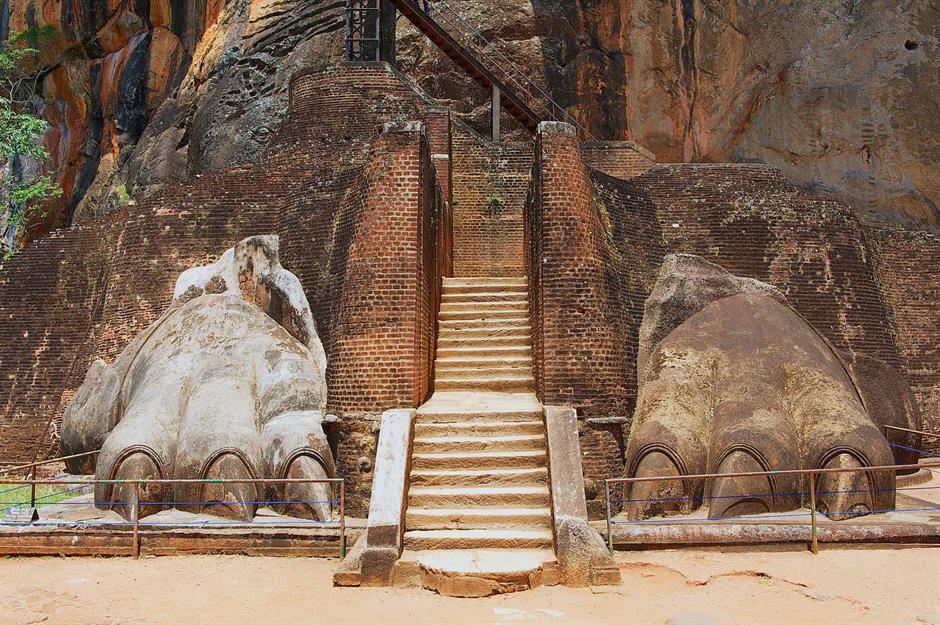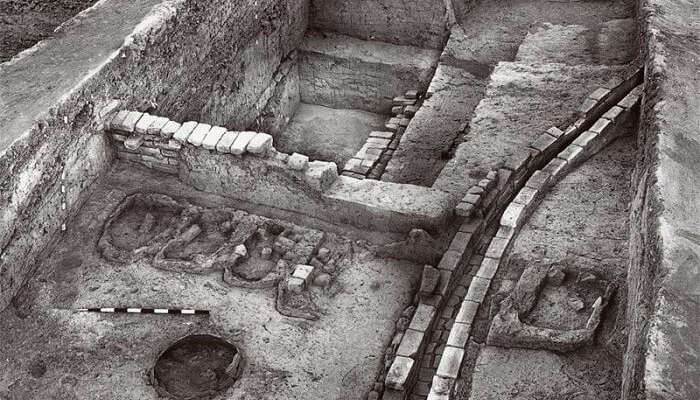


Some evidence suggests the Indus Valley cities were invaded by nomadic warriors who destroyed their advanced culture. There may have been a prolonged drought, or the moving tectonic plates that created the Himalayas may have caused a devastating earthquake. Perhaps a natural disaster could have destroyed the civilization. Archaeologists have many ideas from the clues left behind, but no definite answers. Traders also sold cotton cloth and hardwood from the teak trees that grew in the valley.Īncient cities along the Indus River Valley may have been home to more than five million people, but the civilization went into decline about 1700BCE and seems to have been abandoned by about 1500BCE. Archaeologists have found jewelry made in Harappa as far away as Mesopotamia. The Indus River Valley cities traded with distant foreign cultures. We know this because archaeologists found a gravesite with the remains of people whose teeth had been drilled. The cities were also practicing some form of dentistry. Excavators have uncovered evidence of combs, soaps, and medicine. The people of the Indus River valley were very interested in cleanliness. The bricks–even those used in different cities–are the same size, suggesting that the cities may have had the same government.Īrchaeologists have also found evidence of musical instruments, toys and games, and pottery. The ancient people of the Indus River Valley had a highly advanced knowledge of mathematics and a sophisticated system of weights and measures. There is also evidence that people herded sheep, cattle and goats. An irrigation system of canals provided a reliable source of water for growing wheat and barley. Some houses had bathrooms and toilets that connected to the world’s first sewer system. Many people lived in sturdy brick houses that had as many as three floors. Harappa and Mohenjo Daro were expertly planned cities built with a grid pattern of wide, straight streets. We don’t know what those ancient people called the cities they lived in, but we now refer to the two largest as Harappa, after a nearby village, and Mohenjo Daro, a local term that means “hill of the dead." The Indus River civilization developed about 3000BCE and flourished for about 1500 years before mysteriously going into a period of decline.

Archaeologists have not yet deciphered the writing of the Indus River Valley civilization, so their form of government, their religious beliefs, and the social structure of their society remain a mystery. Thousands of clay tablets indicate that the people of the Indus River Valley developed a writing system that may be even older than Sumerian writing.


 0 kommentar(er)
0 kommentar(er)
